PDF chapter test TRY NOW
Madurai was one of the important ancient centres of the textile industry. Korkai was the pearl trade centre. Industrial activity flourished in Madurai. Goods like pepper, pearls, ivory, textiles, gold ornaments, etc., were exported from Tamilnadu.
Madurai has earned a name as "Sangam Valartha Nagaram".
Glass, coral, wine and topaz were the leading luxurious goods that were imported. The foreign trade brought in many international currencies; one of such major ones was Roman currency. People of ancient Madurai knew coin minting. After the invasion of Romans, roman coins were minted here.
Archaeologists yielded evidence from Keezhadi, which proves that trade has been flourished in ancient Madurai. The fragments of wood were brought to the port in Thondi and Madurai, respectively.
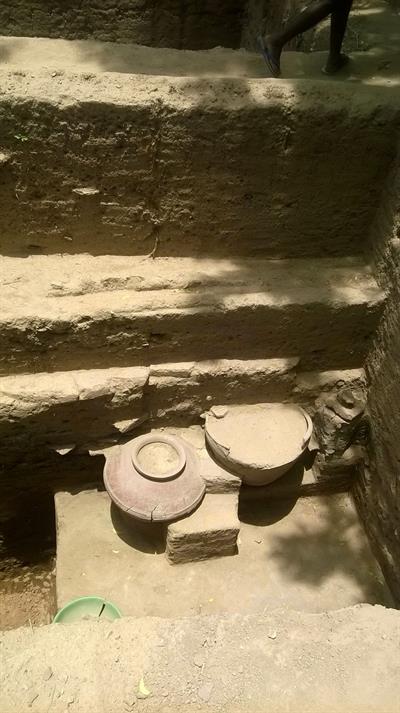
Pearls were imported from Isreal by king Solomon at Pandyan port, Uvari.
Luxury Good
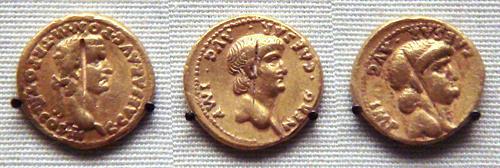
Roman gold coins excavated in Pudukottai, Tamil Nadu.
One coin of Caligula (37–41 CE), and two coins of Nero (54–68).
Agriculture, weaving, pearl fishery, manufacturing, and construction were the main economic activities of ancient Madurai.
Pepper Types of Millets Sugarcane
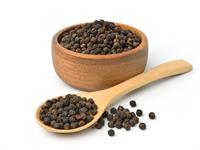
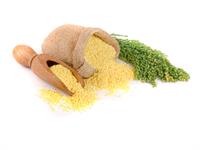
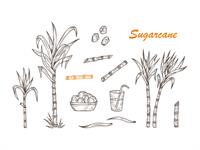
Types of Grams Types of Cereals
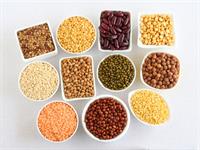
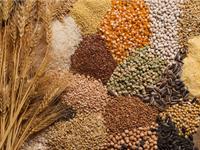
Paddy was the most important crop. It was the staple cereal and served as a medium of exchange for inland trade. Pepper, millets, grams, and sugarcane were the other commonly grown crops.
The state played an essential role in constructing and maintaining buildings and infrastructure such as roads and ports. These were funded through taxation to meet economic and social activity needs. The wealth was divided unequally among the people, which created a class distinction in the long run.
Construction in Ancient Madurai
Ancient Tamil engaged in trading various commodities, both locally and outside Tamil country. The kingdoms of northern India sought pearls, cotton fabrics, and conch shells from Tamil country to exchange woollen clothes, hides, and horses.
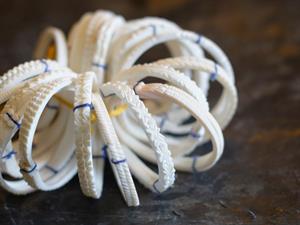
Conch Shell Bangles. Locally, the dominant trade was in food products. Agricultural yielding were supplemented by-products from hunters, fishers, and shepherds who was engaged in the trading of meat, fish, and dairy products.
Reference:
1.https://commons.wikimedia.org/wiki/File:KeeladiExcavationCamp8.jpg
2.https://commons.wikimedia.org/wiki/File:Roman_gold_coins_excavated_in_Pudukottai_India_one_coin_of_Caligula_31_41_and_two_coins_of_Nero_54_68.jpg
